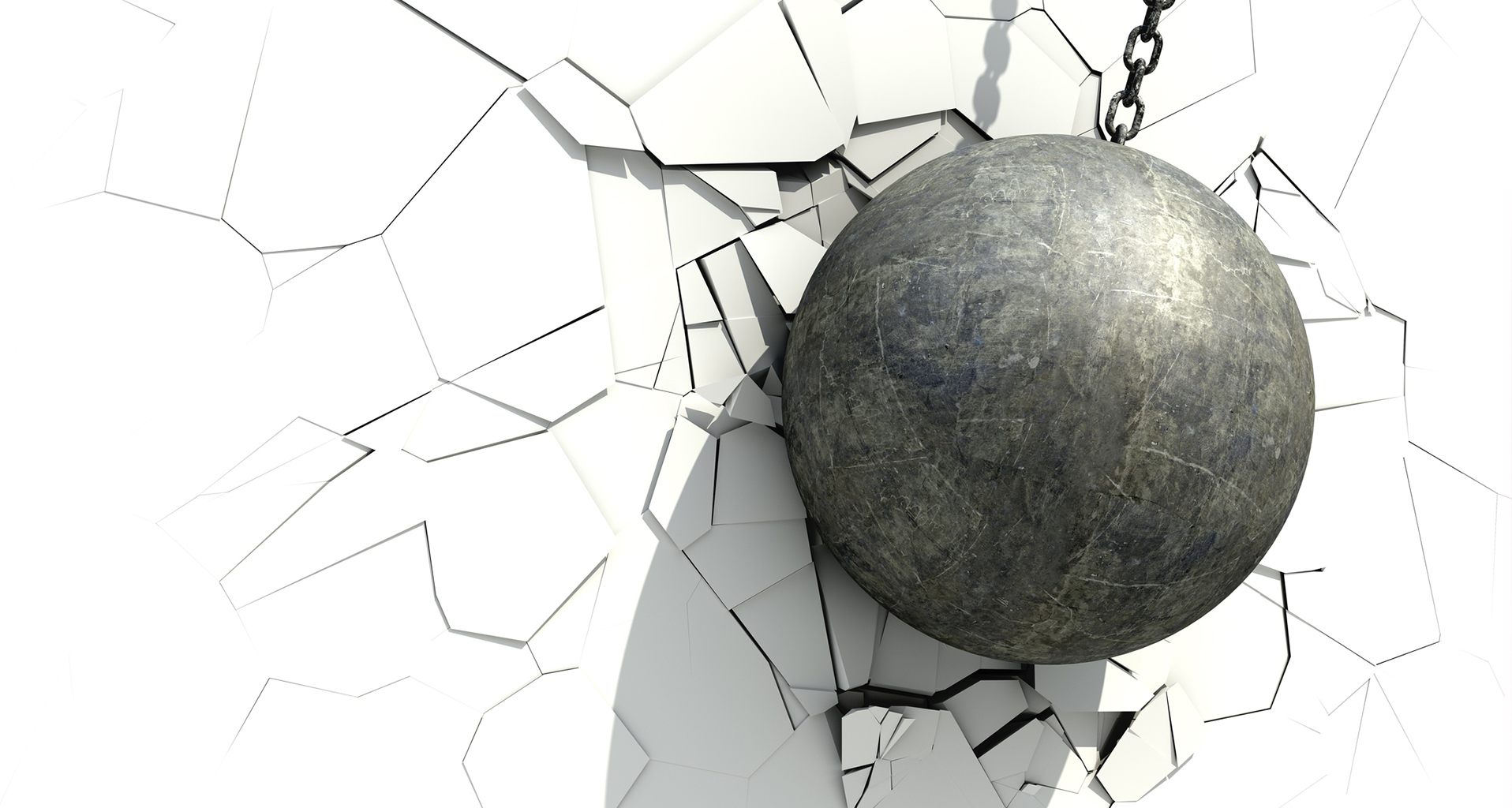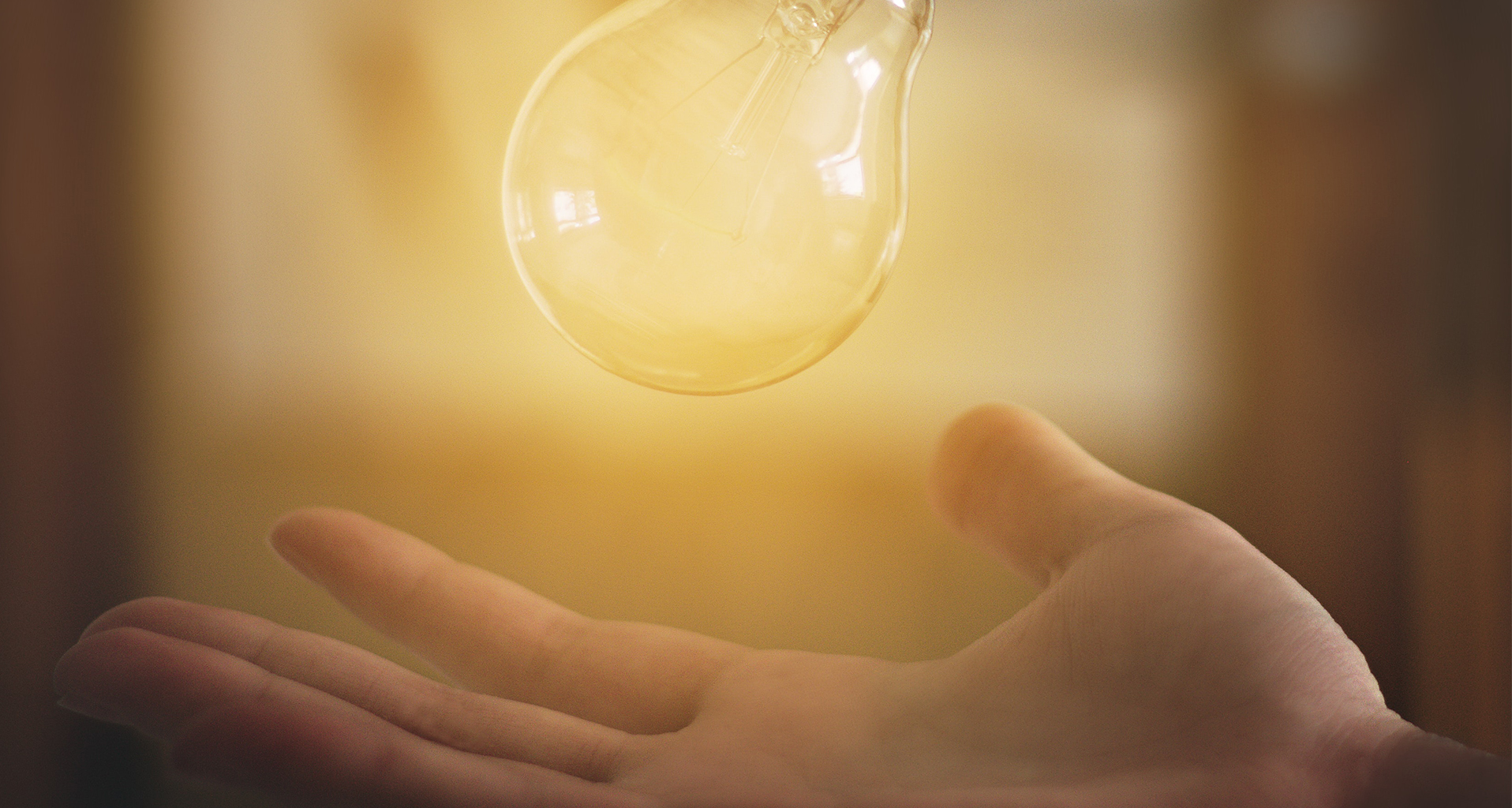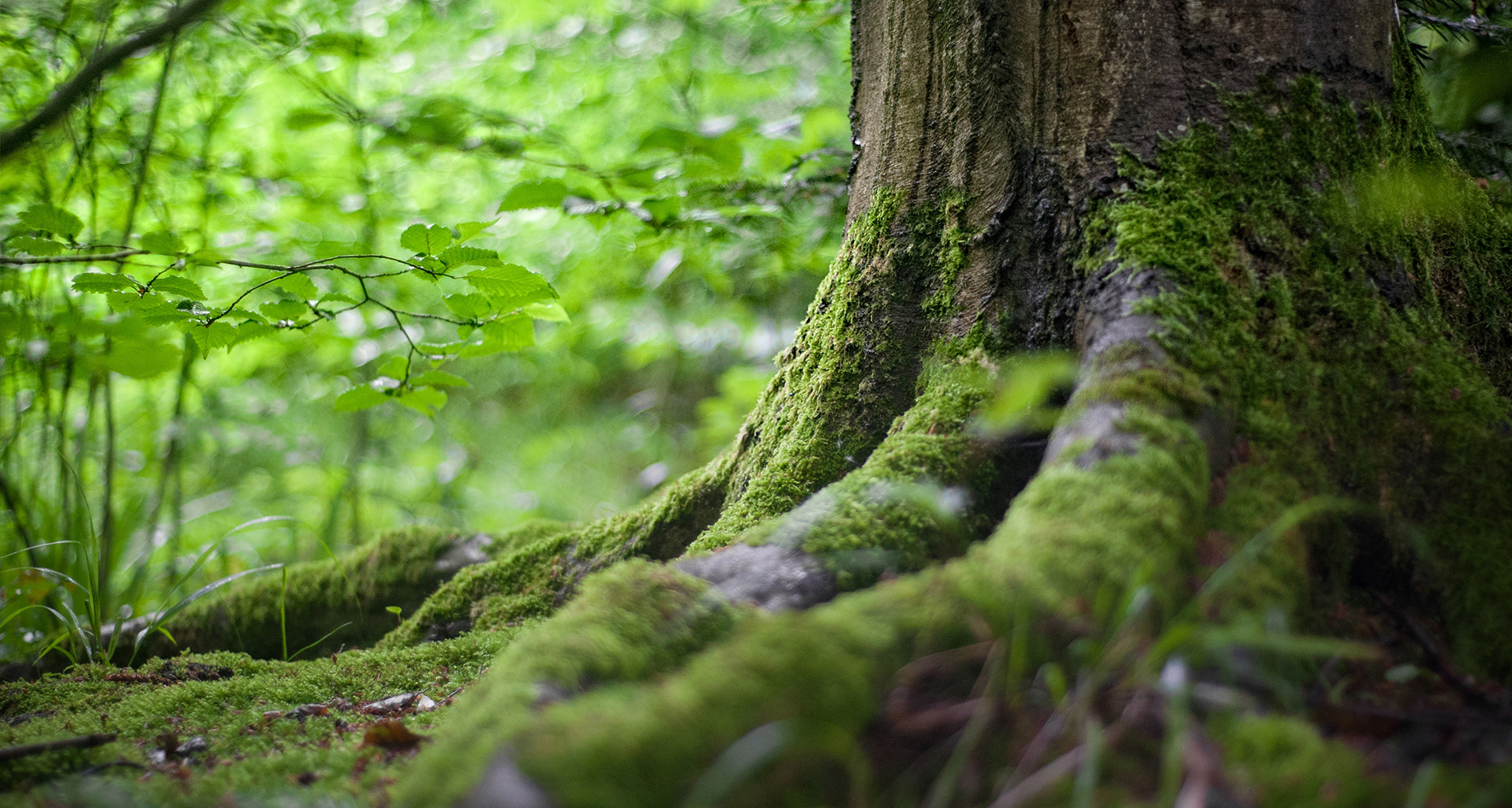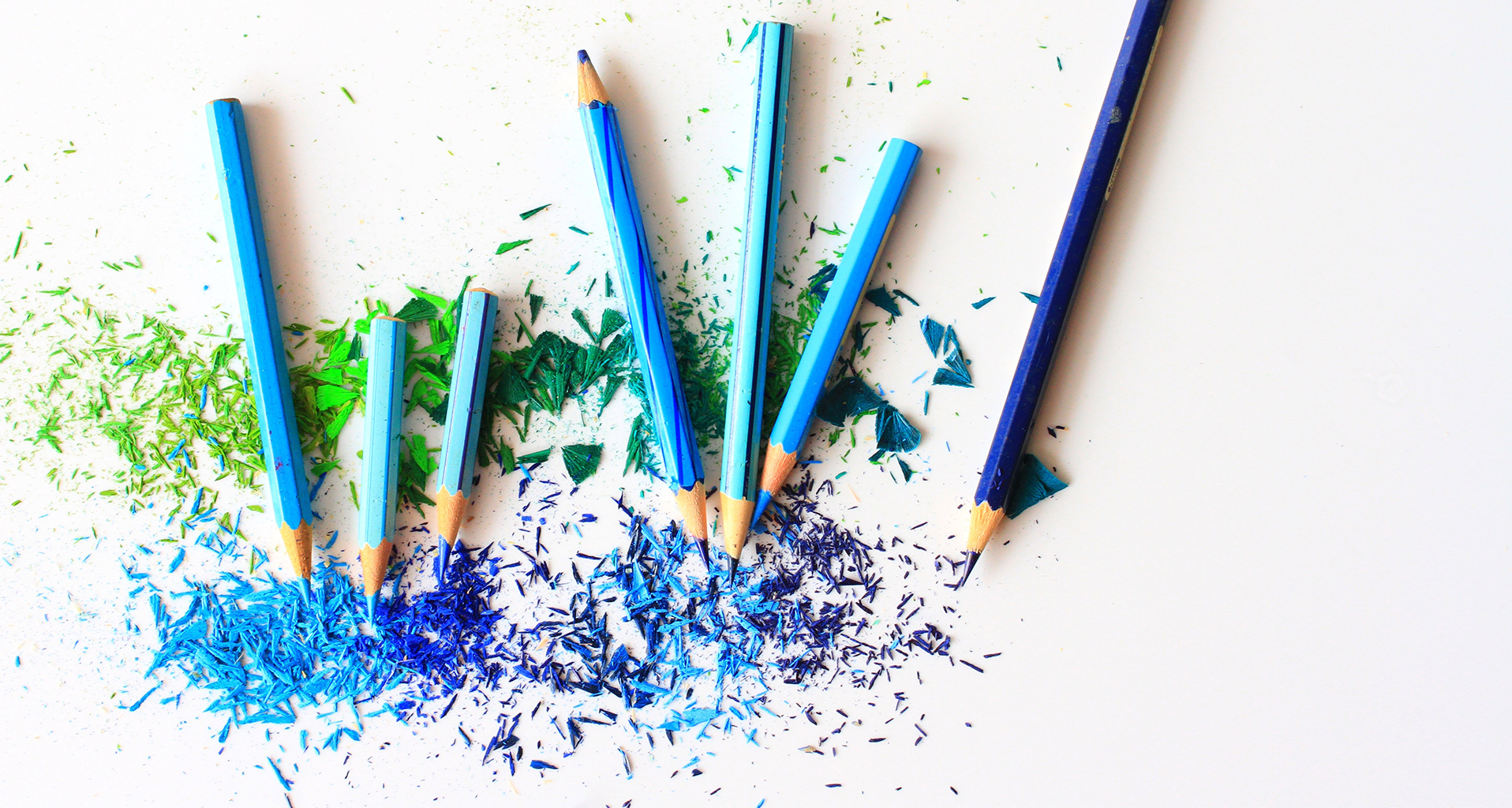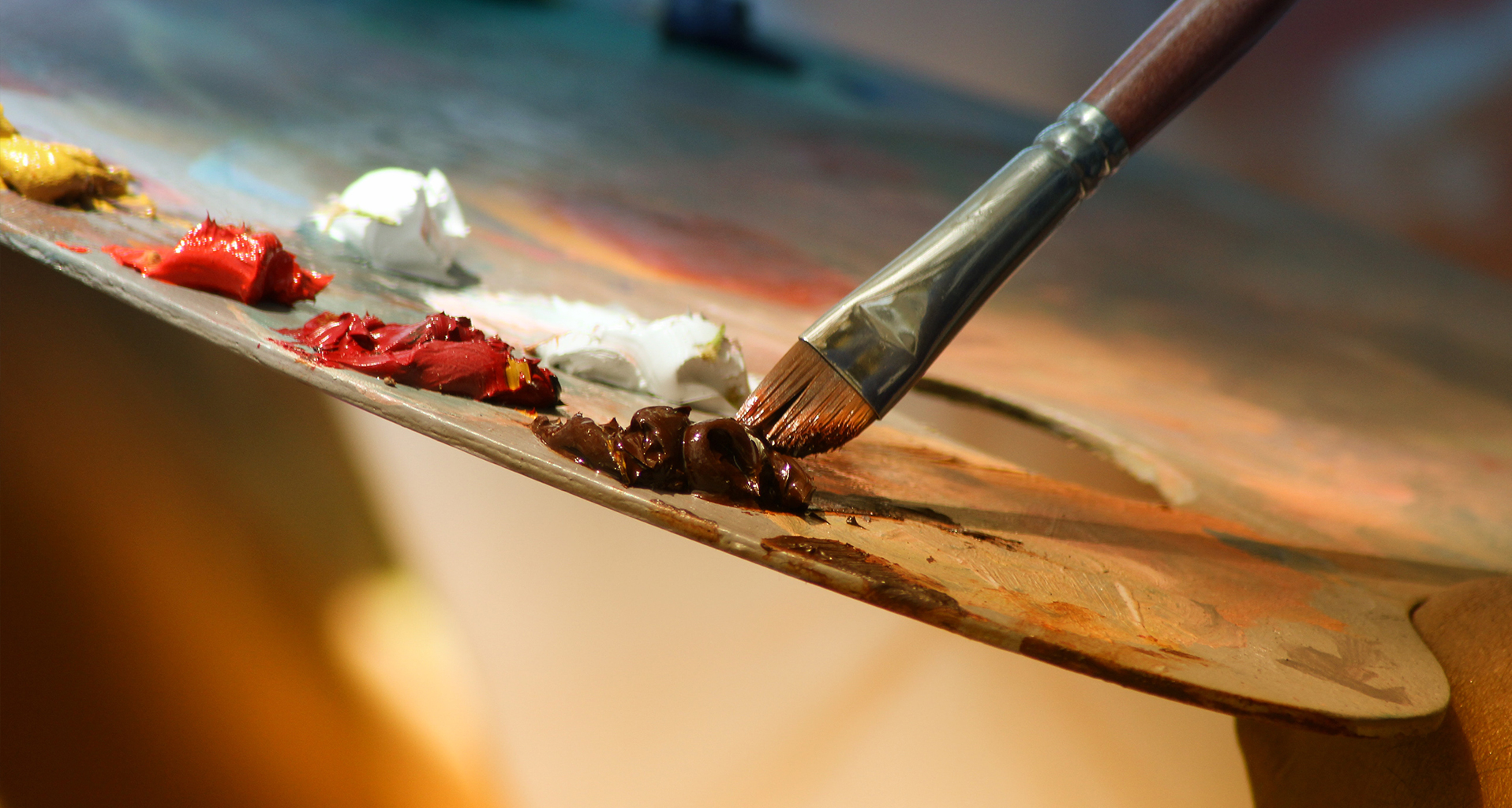“A body in motion tends to stay in motion. A body at rest, tends to stay at rest.” –Isaac Newton
I’d like to think that I’m pretty disciplined—not crazy disciplined, mind you, but I can get my work done when I need to. And once I get started, I move along quite nicely. It’s the “getting started” part that has a tendency to kick me in the gut.
How many times has this happened to you? You’re all ready to begin a project. You’ve thought about it, you’ve planned, you’re even excited about it. And then—BLAM! The wall goes up.
Overcoming inertia is one of the biggest challenges a person can face when starting something new. But the creatively inclined seems especially afflicted. Artists (regardless of their discipline) can have a heck of a time getting their creative engines going—at least enough to get over that first speed bump in the road.
Some mornings I sit down to write and it’s kind of like I’m in a race car, revving my engine at the starting line—just waiting for the signal. I pick up my pen, look down at the blank sheet of paper—and nothing. The gun goes off and my engine stalls.
Now in all fairness to me and those other “slow starters” of the world, what we try to do on a daily basis isn’t easy. Whether you’re a writer, a painter, a sculptor, a musician or whatever, we are all expected to create something out of nothing. How crazy is that?
So, I think we shouldn’t be too hard on ourselves.
No wonder getting over that first bump can sometimes feel like climbing a mountain. Whoever said “starting is the hardest part” nailed it.
Any successful artist has, at some point, learned how to deal with inertia or she would have never seen success.
This doesn’t apply only to art —but to all aspects of life, as well. Those who fail to overcome inertia remain forever behind that proverbial starting line, without ever crossing it.
So, what is this thing that keeps showing us the hand?
At first brush, we might see the inability to get started as laziness, pure and simple. But a creative mind is anything but lazy. Creative energy is active, it’s lively. Even the act of thinking in a creative way denotes a certain level of drive.
So if is not laziness, what is it? What could possibly be strong enough to stop a flow of energy as potent as creativity?
Fear.
From a writer’s perspective, there’s nothing more daunting than a blank piece of paper, or an empty Word document screen.
And I can only imagine that instant just before a musician strikes the first note of a new composition. The empty silence must be deafening!
This is what artists affectingly call “drawing a blank.” It can send a crippling bolt of fear through any artist. So powerful, it can knockout that first creative spark before it can ignite in the artist’s imagination.
“Image courtesy of sippakorn/ FreeDigitalPhotos.net”.
If creative inertia is mostly fear, how can we beat it?
It’s not like we can just snap our figures and make it disappear. After all, this natural law has been around since the Big Bang–billions of years before Isaac Newton shared his now famous observation: “A body in motion tends to stay in motion. A body at rest, tends to stay at rest.”
If you notice, Newton said that a body at rest, tends to stay at rest. Not that it is locked into a perpetual state of inactivity. It just needs a nudge.
So how do we give our creativity a nudge?
1) Give yourself permission to suck.
The fear of looking bad in the eyes of others can be crippling.
What if I’m no good? What if everybody hates my work? These and similar
questions have nothing to do with the act of creation. They have no business
anywhere near an artist. To access creative energy, an artist must remain
totally and completely in the present moment. Such detrimental thinking moves
the artist’s mind into a future of “what if’s” and “maybe’s”. There’s no way we
can create something if we are not in the present moment with it–if our minds
are somewhere else worrying about some imagined result.
2) Give yourself permission to fail.
The Masters, like Shakespeare, Da Vinci, and Mozart didn’t start out as
artistic geniuses, quite the opposite, in fact. They all had their failures and
misfortunes —their confrontations with creative inertia. But they overcame
them, by giving themselves the permission to fail—to try new things, to
experiment. And with each failure, they learned something new, which eventually
gave them enough energy to break through the wall, into success.
3) Feel the fear and do it anyway.
I know it sounds cliché, but it’s far from empty advice. Fear is just another
form of energy–mostly made up of limited thinking and all the stories we tell
ourselves about what we believe we can do or can’t do.
The interesting thing about fear is that it can give us an amazing burst of
adrenaline. Why not use that energy to blast through the wall? Start throwing
everything you have at it. Ideas, concepts, words, pictures, sounds. Don’t
concern yourself whether or not it makes sense, just keep brainstorming. This
will do two things: 1) It promotes forward movement. 2) It jump starts the
creative process as one idea leads to another and another… Before you realize
it, you’re moving again.
4) Turn inertia against itself.
The most profound nudge we can give creative inertia lies within inertia
itself—within those blank pages and vacant notes we fear so much.
There is power in these empty spaces—tap into it. “God’s one and only true voice
is silence”. Creative energy and inspiration reside in the spaces in
between, the before and the after, and in those perfect gaps of nothing.
Instead of “drawing a blank”, draw from the blank.
Take a breath and look into the white screen. Settle into the silence. Not with anxiety and fear but with a calm knowing that this is where our creative power truly lives. The whispers of inspiration can only be heard when we are quiet. Listen for them, look for them.
The next time you are stuck remember these four tips to give your creativity a nudge.
Give yourself permission to suck.
Give yourself permission to fail.
Feel the fear and do it anyway.
Turn inertia against itself.
Creative inertia may seem like a daunting wall, but with the right nudge it will come crumbling down every time. So what are you waiting for? Get ready, get set, go!
Thanks for visiting. A note of appreciation to all of my regular and new readers. Your interest in my work is deeply appreciated. Blogging can be solitary work. I welcome your comments and questions. Become part of the discussion.
Please use the Facebook comments box at the bottom of each post. If that doesn’t work for you drop me a line through email or the green “Contact Us” tag to the right.I also invite you to sign up for my Email list by using the sign up box on the right of the post and get a free copy of my book “My Happy Workplace”.
